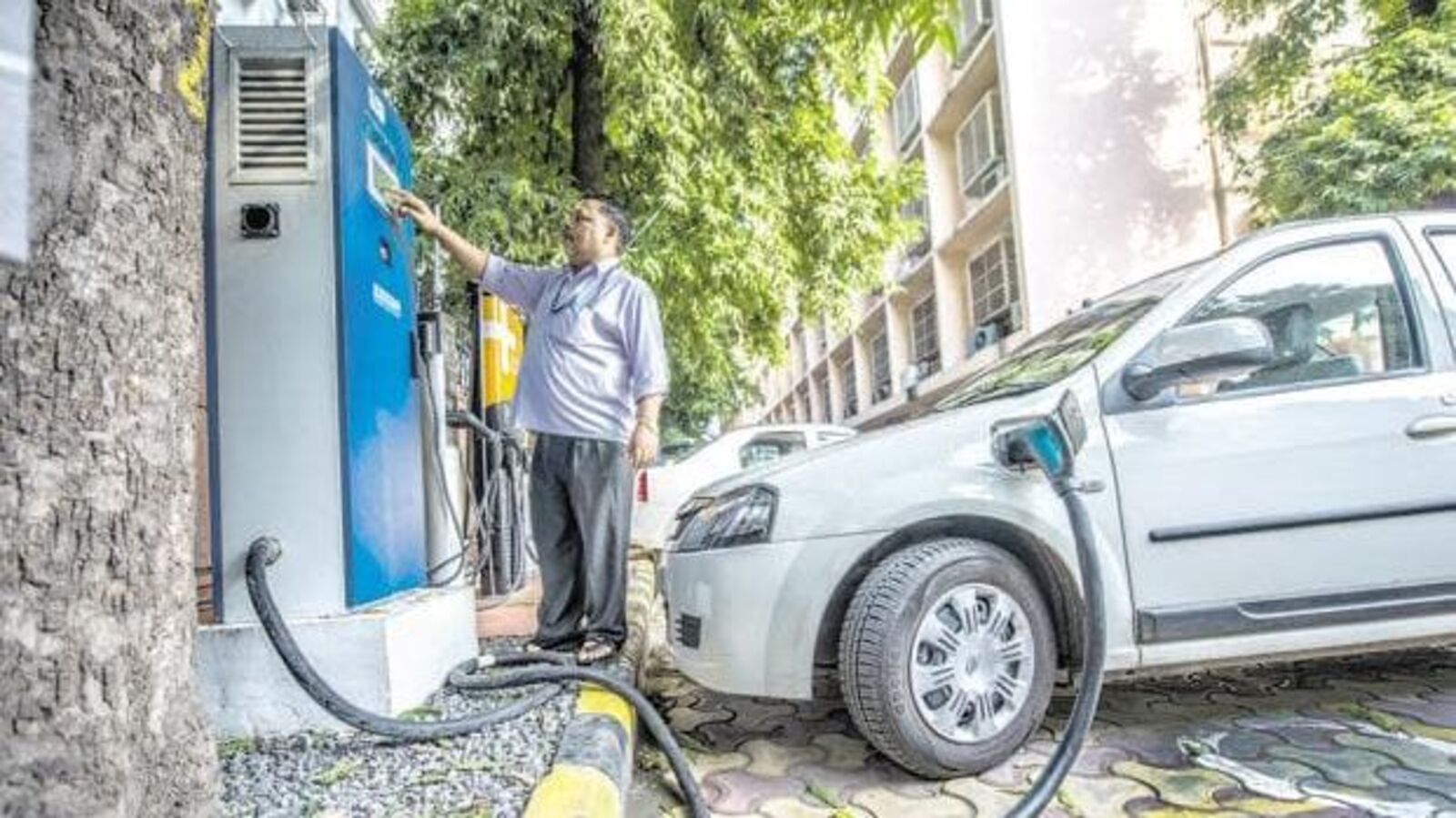First, some background. In 2023, about 73 million passenger cars were sold across the world, according to auto consultancy Jato Dynamics. The top five countries were China (30 million), the US (15 million), Japan (nearly 5 million) India (4 million) and Germany (nearly 3 million). In value terms, this global market is expected to grow at about 6.5% a year for the next decade.
In 2023, EV sales neared 14 million, meaning that 1 in 5 cars sold was electric. Of these, 60% were in China, 25% in Europe and 10% in the US, with three markets adding up to 95% of the total. According to Climate Action Tracker, an independent organization, EVs need to reach 75-95% of all passenger vehicle sales for consistency with international climate goals by 2030.
On current trends, an EV share of four times today’s level is unlikely. The only countries where EVs represent a significant share of all passenger car sales are Norway, Iceland, Sweden and the Netherlands.
It is not all bad news for EVs. Dramatic acceleration is visible in countries with high per capita income, like in Scandinavia, and where government policy has been very purposeful, like China. As a general rule, EV adoption follows a broad ‘S’ curve.
It remains slow for several years till the 1% sales mark is conquered, after which an exponential upshoot is observed until gradual market saturation at a high level.
India’s EV sales crossed 1% in 2022 and are now approaching 2%. India’s EV growth rate is about three times the global growth rate now. Similarly, Israel jumped from under 1% to over 8% in a span of just two years.
But a cross flow of traffic has begun. A decline in the cost curve of EVs and the widening of charging infrastructure are not happening fast enough for the required rapid adoption of EVs in more countries.
At the very least, this will push forth the point at which EVs attain a significant market share by about 10 years. It seems more likely now that more than 50% of all cars on the road will be EVs not by 2035, but only by 2045 or beyond.
In December 2022, Toyota Motor Corp’s president Akio Toyoda caused a stir when he openly questioned an EV-only strategy in the global quest for carbon-neutral automobiles. Toyoda argued that a sound strategy should include hybrids and hydrogen-powered vehicles.
Identifying himself as among a “silent majority” within the auto industry, Toyoda was quoted by The Wall Street Journal as saying, “That silent majority is wondering whether EVs are really OK to have as a single option. But they think it’s the trend so they can’t speak out loudly.”
More recently, the Saudi Arabian oil leviathan, Aramco, invested in a company called Horse, betting that ICE vehicles will be around for a very long time.
The Financial Times reports that “the calculation by Saudi Aramco and the other shareholders in Horse, Chinese carmaker Geely and its French peer Renault, is that as the industry stops designing and developing its own combustion engines, it will start buying them from third parties.” The new $7.9 billion company has 19,000 employees and 17 factories worldwide, and it is ramping up capacity to produce five million units a year.
Rapid electrification has also resulted in losses amounting to billions for big American carmakers, in turn putting pressure on the US government to relax the pace of change.
So, it seems likely that there will be a lengthy ‘settling’ period for EVs to gain ground, but other cleaner alternatives like hybrid, CNG and fuel-cell cars will make up a meaningful proportion. EV adoption for heavy commercial vehicles will take even longer and involve a longer transition.
For India, this affords an opportunity to establish a more realistic policy of 50% EV adoption by 2040, while also accelerating the transformation of the electricity grid towards renewables. From a sustainability point of view, there is little point in forcing EV adoption if grid power remains substantially generated from fossil fuels. More EVs on such a grid will be a Pyrrhic victory.
India’s current GST rate on battery-run EVs is only 5%, versus 28% on hybrids and ICE vehicles. States apply differential rates for registration as well. For instance, Uttar Pradesh exempts both hybrids and EVs from registration fee. In a controversial move, Karnataka has introduced a 10% registration fee on EVs that cost more than ₹25 lakh.
In recognition of a long transition period, taxes and registration fees will need to be made uniform, so that these charges do not distort the market’s adoption of non-ICE vehicles. Prepare for a pothole-filled road ahead.
P.S: King Pyrrhus of Epirus’ army suffered irreplaceable casualties in defeating Romans during the Battle of Asculum in 279 BCE, leaving us with the term ‘Pyrrhic victory.’
#ICE #age #road #adoption #bumpy






